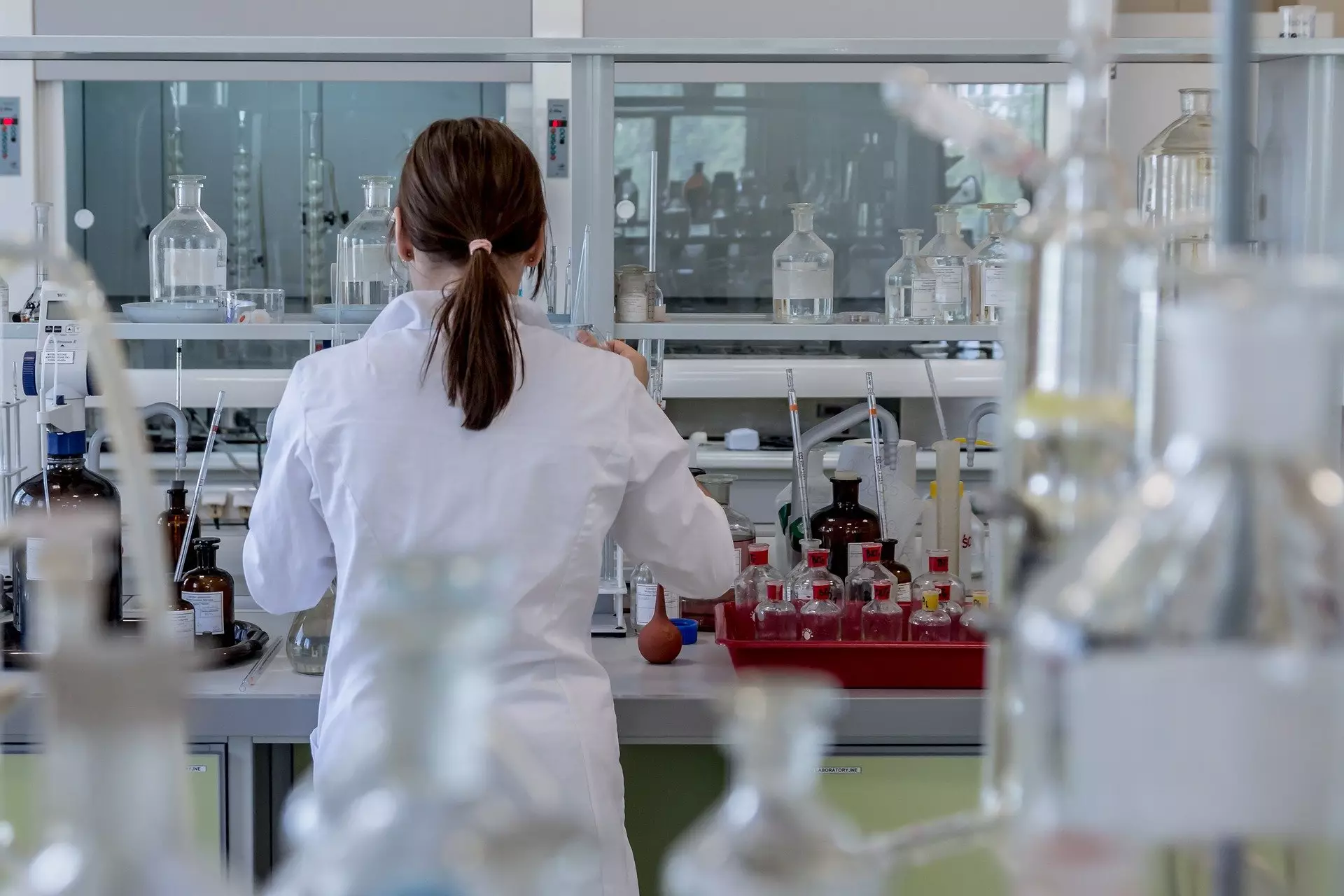Artificial intelligence (AI) is rapidly transforming the field of chemical research, offering innovative solutions to complex challenges that traditional approaches struggle with. Within AI, machine learning has emerged as a powerful tool in chemistry, utilizing algorithms and statistical models to make data-driven decisions and perform tasks beyond explicit programming. However, a key limitation of machine learning in chemical research is the requirement for large amounts of data. Small chemical datasets often fail to provide sufficient information for effective training of these algorithms, hindering their predictive capabilities.
Scientists led by Berend Smit at EPFL have discovered a solution to this predicament by harnessing the potential of large language models like GPT-3. These models are pre-trained on extensive text data and are renowned for their capacity to comprehend and generate human-like text. GPT-3 forms the foundation of ChatGPT, a popular AI program. In a groundbreaking study published in Nature Machine Intelligence, the researchers unveil a novel approach that simplifies chemical analysis using AI.
Contrary to initial skepticism, the method developed by Kevin Jablonka and his team does not directly pose chemical questions to GPT-3. Jablonka explains, “GPT-3 has limited knowledge of the chemical literature. Therefore, if we ask ChatGPT a chemical question, the answers are typically restricted to what can be found on Wikipedia.” Instead, the researchers fine-tune GPT-3 using a small dataset converted into a series of questions and answers, resulting in a new model capable of providing accurate chemical insights.
The fine-tuning process involves feeding GPT-3 a curated list of Q&As. For example, in the context of high-entropy alloys, it is crucial to determine whether an alloy exists in a single phase or multiple phases. Smit elaborates, “The curated list of Q&As follows a specific format: Q= ‘Is the (name of the high entropy alloy) single phase?’ A= ‘Yes/No.'” By leveraging known information from the literature, the researchers train GPT-3 to respond to this specific question with a binary answer.
In tests conducted by Jablonka’s team, the fine-tuned model, trained with a relatively small number of Q&As, demonstrated remarkable accuracy, correctly answering over 95% of diverse chemical problems. Surprisingly, the model often outperformed state-of-the-art machine-learning models. Smit emphasizes that the beauty of this approach lies in its simplicity and speed. While traditional machine learning models typically demand extensive development time and expertise, Jablonka’s method takes merely five minutes and requires zero prior knowledge.
The implications of this study are profound, offering a truly transformative approach to chemical research. The newfound ability to formulate questions such as “Is the yield of a [chemical] high when using this (recipe)?” and receive accurate answers has the potential to revolutionize the planning and execution of chemical experiments. The method presented by Jablonka and his team mirrors the simplicity of conducting a literature search, making it applicable to a wide range of chemical problems.
Machine learning, particularly through the utilization of large language models like GPT-3, is paving the way for significant advancements in chemical research. By fine-tuning GPT-3 with a curated list of questions and answers, Jablonka and his team have developed a powerful tool capable of providing accurate chemical insights with unprecedented speed and simplicity. As this technology continues to evolve, scientists can expect revolutionary changes in how they approach and tackle complex chemical challenges.


Leave a Reply